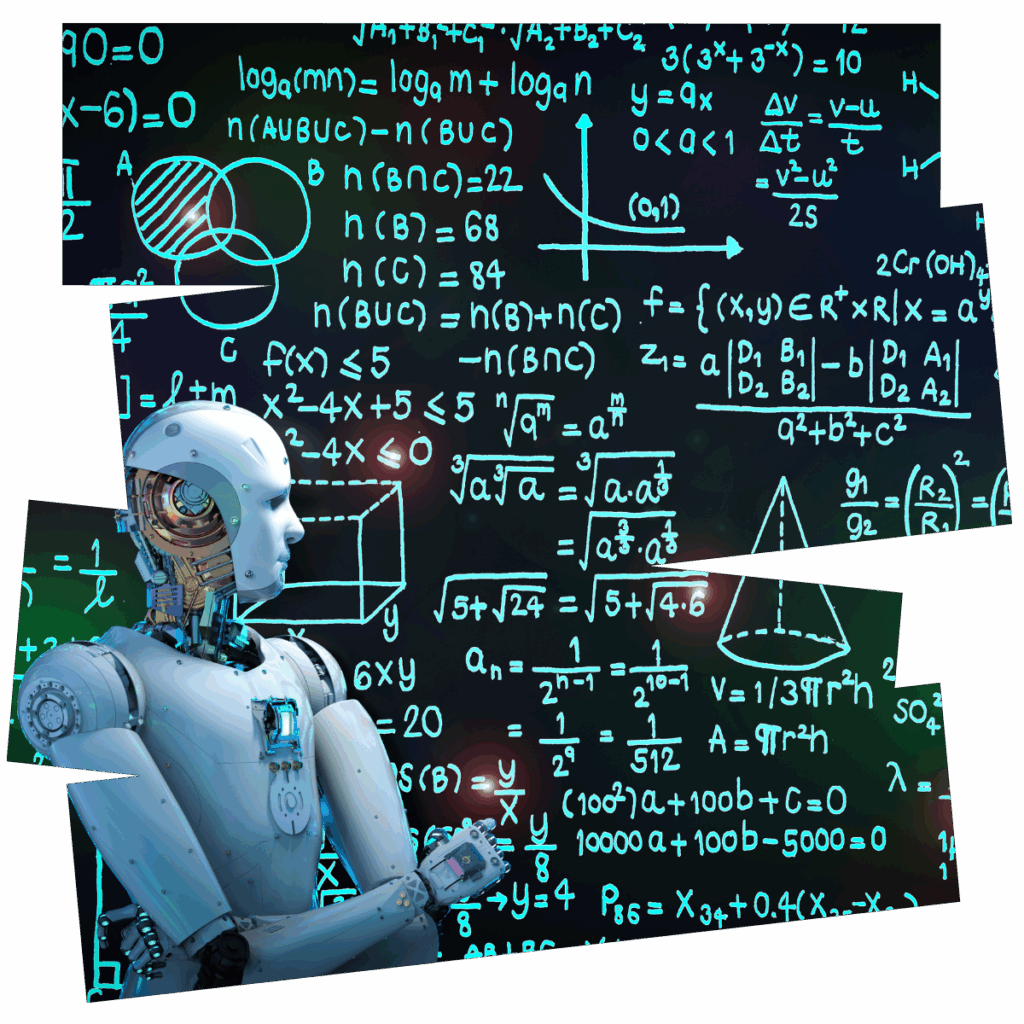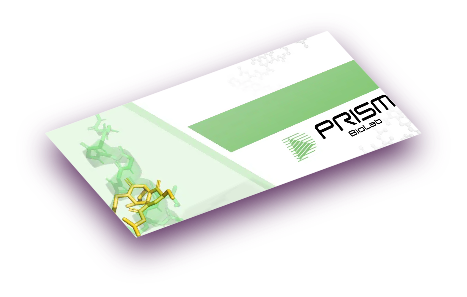Our team has recently been receiving questions regarding Generative AI and the role of Large Language Models (LLMs). Our daily work revolves around crafting websites that not only captivate but also effectively communicate your message. Understanding these advanced technological concepts is becoming increasingly important in the digital landscape, and we’re eager to demystify them for you.
What is Generative AI?
At it’s heart, Generative AI refers to artificial intelligence systems capable of producing novel content. Unlike traditional AI that analyzes or classifies existing data, Generative AI learns from extensive datasets to then create something entirely new and original. This encompasses a wide range of outputs, from written text and compelling imagery to musical compositions and even functional code. It’s about machines discerning patterns and subsequently applying those learned patterns to generate fresh content.
The Role of Large Language Models (LLMs)
 Within the realm of Generative AI, Large Language Models are specifically designed to comprehend and generate human language. Think of them as highly advanced linguistic scholars. They are rigorously trained on vast quantities of text data—including books, articles, web pages, and virtually all forms of written content. Through this immense exposure, Large Language Models absorb the intricacies of grammar, sentence structure, contextual meaning, and the subtle relationships between diverse concepts.
Within the realm of Generative AI, Large Language Models are specifically designed to comprehend and generate human language. Think of them as highly advanced linguistic scholars. They are rigorously trained on vast quantities of text data—including books, articles, web pages, and virtually all forms of written content. Through this immense exposure, Large Language Models absorb the intricacies of grammar, sentence structure, contextual meaning, and the subtle relationships between diverse concepts.
An LLM operates like an exceptionally sophisticated predictive text system. However, instead of merely suggesting the next word, it can formulate entire paragraphs, articles, poems, or even scripts based on a given prompt. You provide a starting point, and the LLM leverages its profound understanding of language to produce new, often remarkably coherent, content.
The underlying mechanism involves intricate algorithms and neural networks that enable the LLM to identify patterns and relationships within its training data. When presented with a prompt, it analyzes the input, accesses its internal knowledge base, and then statistically determines the most probable and relevant sequence of words to follow.
Consider this analogy: If you’ve extensively studied thousands of culinary recipes, you’d inherently grasp which ingredients complement each other, common cooking techniques, and the typical structure of a recipe. Should someone then provide a few key ingredients and a desired outcome (e.g., “chicken” and “spicy”), you could likely devise a new recipe based on your accumulated knowledge. Large Language Models function similarly, but their domain is language, not culinary arts.
LLMs and the Future of Web Design
You might be wondering about the direct relevance of LLMs to web design. The implications are substantial and continue to evolve rapidly. Here are several ways we foresee LLMs and Generative AI influencing the future of the web:
Content Generation: LLMs can significantly assist in producing initial drafts of website copy, blog posts, product descriptions, and social media updates. While human oversight remains crucial for maintaining brand voice and quality, LLMs offer a powerful tool for ideation and expediting content creation.
Personalized User Experiences: Imagine websites that dynamically adjust their content and language based on individual user interactions and preferences, powered by generative AI. This potential leads to more engaging and highly relevant experiences for visitors.
Enhanced Customer Support: AI-driven chatbots leveraging LLMs can engage in more natural and comprehensive conversations with users, delivering improved and more efficient support.
Streamlined Design Processes: While still in nascent stages, generative AI could potentially recommend design elements or even generate foundational website layouts based on specific client requirements.
Improved Accessibility: LLMs can contribute to generating descriptive alternative text for images or providing accurate transcriptions and translations for multimedia content, thereby enhancing web accessibility for all users.
Navigating the Future Responsibly
It’s important to acknowledge that, like any powerful technology, Generative AI and Large Language Models come with ethical considerations and potential limitations. Issues such as inherent biases in training data, the risk of generating misinformation, and the critical need for continued human oversight are all vital aspects that demand careful attention as this technology matures.
At Axxiem, we are genuinely enthusiastic about the opportunities presented by Large Language Models and Generative AI. We view them not as replacements for human creativity and expertise, but rather as potentially powerful collaborators that can empower us to craft even more impactful digital experiences. We are committed to staying abreast of these advancements and exploring how these technologies can be ethically and effectively integrated into our web design and development processes.
We hope this overview has provided some insights into the fascinating world of Large Language Models and their integral role in Generative AI. If you would like to discuss how these innovations might benefit your online presence, please do not hesitate to contact us. We are always ready to connect and explore the exciting future of the web together.






